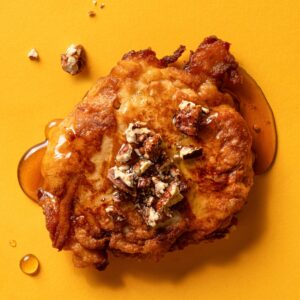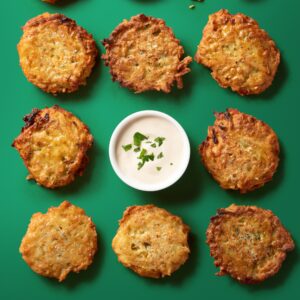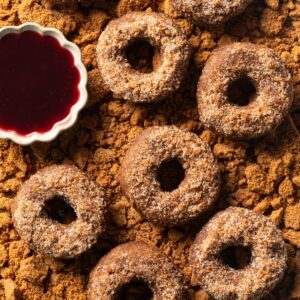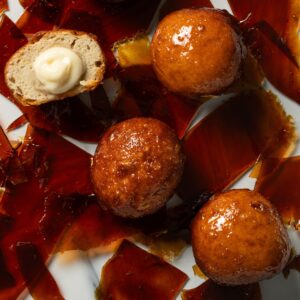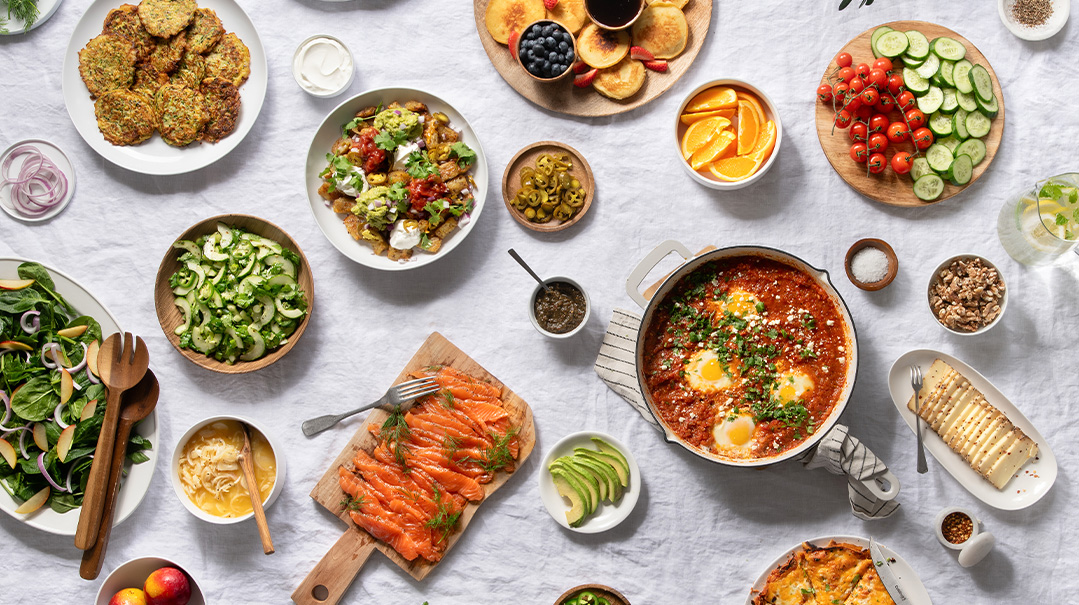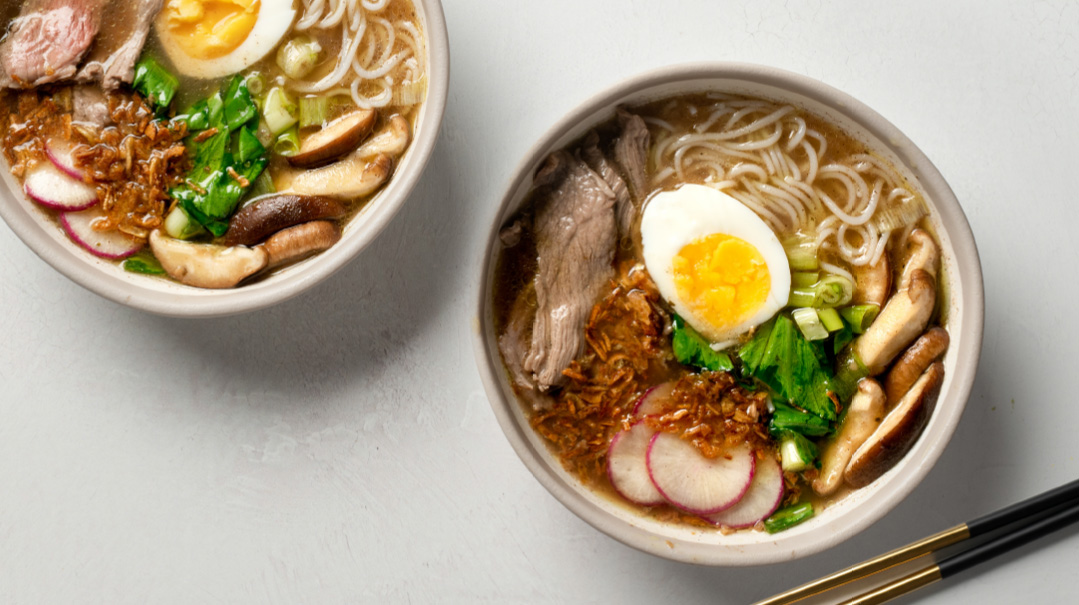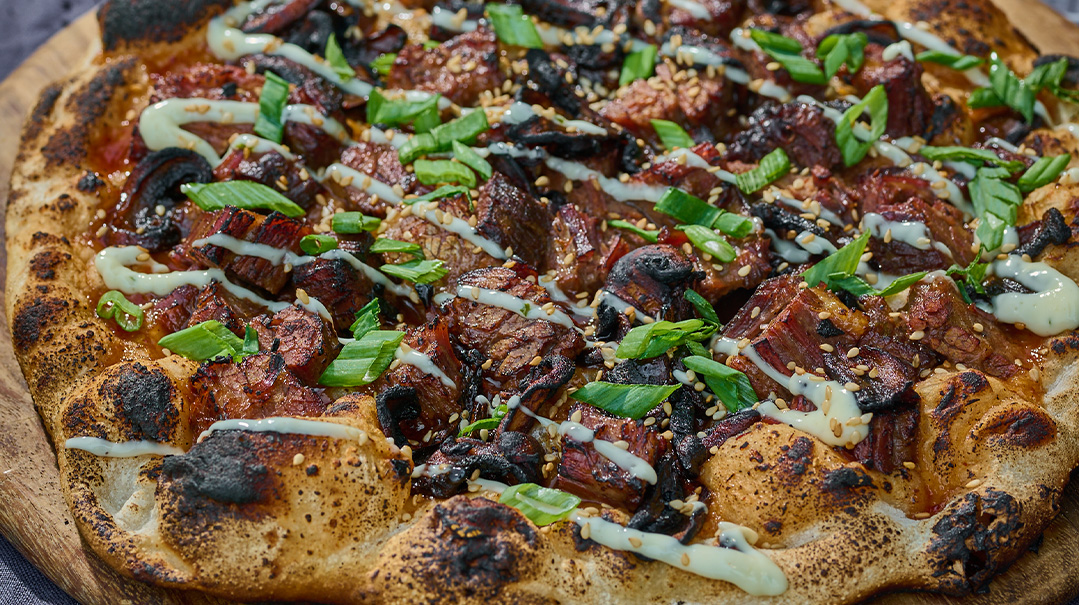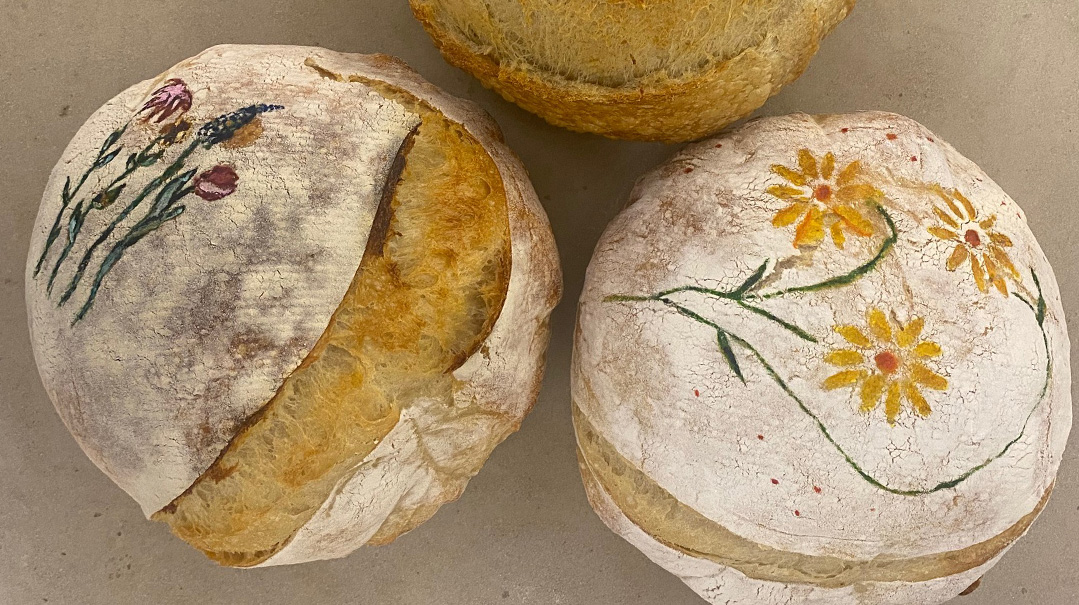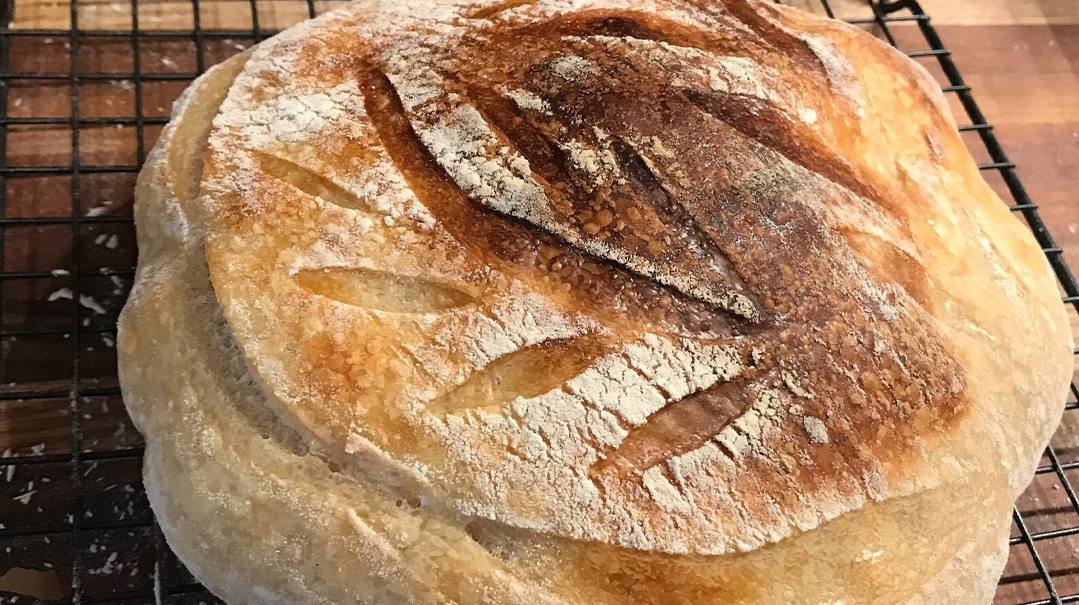Totally Kosher
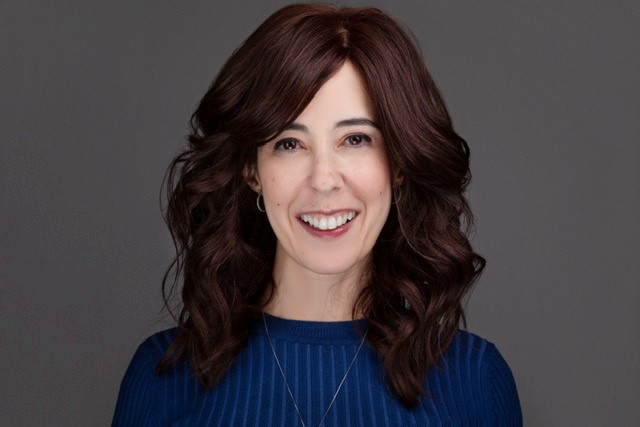
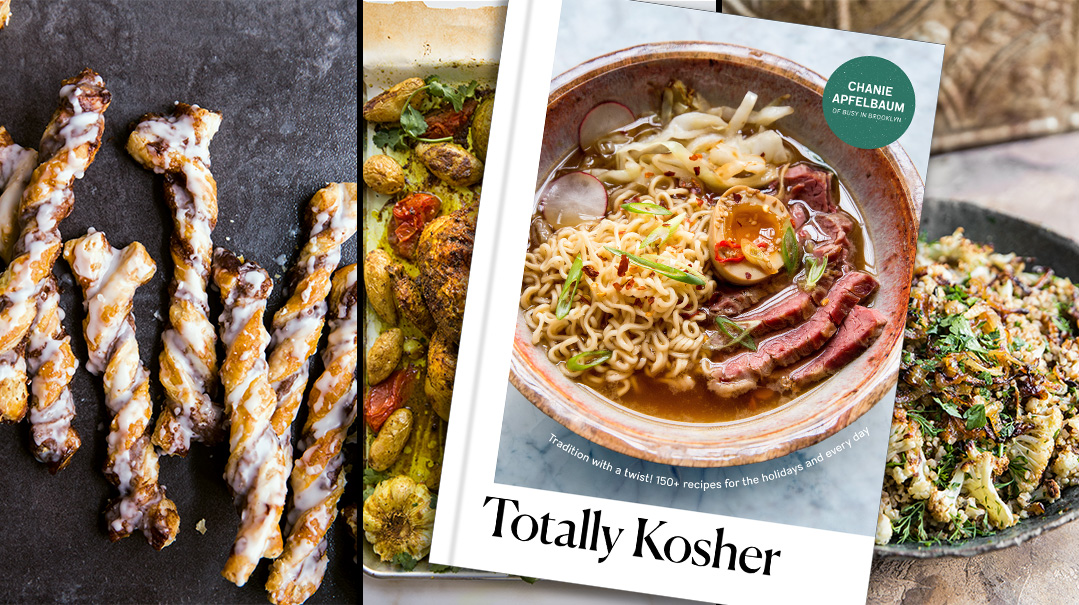
Recipes Reproduced from Totally Kosher
Recipes and Photographs copyright © 2023
by Chanie Apfelbaum; Published by Clarkson Potter, an imprint of Random House
My mouth started to water as soon as I heard that Chanie Apfelbaum was releasing a new cookbook this spring. Totally Kosher promises to be an eclectic addition to the kosher cookbook scene, as its recipes marry tradition with current food trends. Lucky for me, I got a sneak peek into the book as well as a chance to dive deeper into the story behind the book.
Where did your cookbook journey begin?
My first book, Millennial Kosher, came out in 2018 and changed the playing field for Jewish cookbooks. People were looking for a cookbook that challenged their foodie-driven minds. More people were taking food prep more seriously, and there was more knowledge about modern ingredients and techniques that the average homemaker might not have been privy to in years before. It was certainly a labor of love.
But, just like the pains of labor are forgotten between kids, I didn’t remember how hard it was to write a cookbook when I decided to start working on Totally Kosher! The preparatory period schlepped along much longer as we began working on it just when Covid hit in 2020. Obviously, the situation in the world precluded me from travel and completing different hands-on steps. On top of that, I lost (temporarily, thank goodness) my sense of taste and smell. This definitely makes this upcoming book more meaningful, as it took longer than normal to go from concept to creation.
Where did the ideas flow from?
The inspiration for my recipes comes organically. You can’t just force ideas onto a computer. I’m really lucky that I travel a lot for my job, and inspiration strikes at random, unplanned moments. For example, when I was in a Miami paletas store, I got the idea of adding tajin to my mango-inspired Spanish popsicle. I dreamed up the White Russian Shakerato in Rome.
Other recipes made it into the book because of the way they were received. I might have been tinkering with a new idea and taught it in a private cooking class, and then it became such a hit that I knew I was going to add it to my repertoire.
While recipe mash-ups are common today, I try to view them a bit more calculatedly in terms of how the flavor profiles and texture will go together. My Pad Chai is a great example of that thought process. It’s a combo of Thai and Middle-Eastern food. The first time I had pad thai was in a culinary school, and we added our own chili paste. My mouth was on fire! But the experience was so visceral that I knew I had to morph it into a new iteration of pad thai.
I don’t like to force creativity, and I’m very receptive to learning new things and trying new foods that I might not have necessarily tried before. I like to think my openness helps me think outside the box.
What criteria was important in order for a recipe to make it into Totally Kosher?
As a recipe developer, there’s no way of knowing what will sell. Sometimes I think I have a brilliant idea and it falls flat. Other times I’ll create a dish on the fly and it becomes a superstar.
The most popular recipes are the ones that are simple and kid-friendly. In fact, if all of my kids didn’t like something, I know it won’t go into the cookbook. But it’s definitely rewarding when my children taste something I never thought they would try and they love it!
Where does this cookbook continue from Millennial Kosher, and where does it break into its own genre?
The idea for this book really came from a publisher who sought me out. The cookbook’s byline is “tradition with a twist.” I wanted to break the stigma that kosher food has to be greasy and brown. In a phrase: I want to make kosher cool again. The recipes are also very personal, as I aim to cook the types of dishes that people love, yet push them to go out of their comfort zone.
As I look back at the success of Millennial Kosher, I am grateful to see the progression and my evolution as a cookbook writer and a food blogger. I am fortunate to have a profession that evolved from what was once a hobby.
Tell us more about how you celebrate that hobby as a profession.
As a photographer, doing this book made me fall in love with food photography again. Comparing the styling and awful yellow light in some of my original blog photos many years ago to the photos I took for this book makes me appreciate how far I’ve come. I have a great basic SLR digital camera, and the magic happens there with how I set it. While I had a photographer take the family shots in the book, knowing more about pictures allowed me to give my full artistic input into the final result.
I also love to write, another gift I’ve been given which makes my job as a blogger and cookbook writer more seamless. As a kid, it was clear to me that I was never going to go into a job working one-on-one, like becoming a PT or OT. I love the stimulation of teaching and breaking down a recipe into smaller steps and working with so many people who want to learn something so cultural and nourishing.
Where do you see yourself going from here?
The next horizon is creating more content for video. I’m passionate about having more of a visual presence to spread the concepts of kosher and make recipes less intimidating. For some, the idea of tradition is sacrosanct, but with so many new foods and ingredients becoming mainstream — think gochujang, mirin, chili crisp — it’s important to me to have those options out there.
I pride myself in that the recipes in my cookbook can’t just be googled. I love it when there’s a shock factor with my recipes. The “Why didn’t I think of that?” moment.
And if there’s anything creating this cookbook has taught me, it’s that tradition will always hold an important space in the world of food culture. Even with all the technology and recipes at our fingertips, people will always want to reach for a hard copy of a cookbook. It’s so important to me to bring wonder back to the kitchen.
What is the most traditional recipe in your cookbook?
I actually included a section of traditional recipes. People ultimately will always want the basics like potato kugel and cholent. But I didn’t include just any recipe. Like the other offerings in the book, I tested and tested and tested until I had what I considered the most perfected and approachable method of making those foods.
I also included a recipe for the homemade gefilte fish that my father used to make from scratch in the Lubavitcher Rebbe’s house when he was a meshamesh to the Rebbetzin.
Every good cookbook has fun extras these days. What are the extras that set Totally Kosher apart?
We’re filled with extras! The beginning of the book is full of Top Tens. We have Top Ten Tools for your kitchen, Top Ten Kitchen Hacks, and one of my faves, Top Ten Build Your Own Boards. Boards are such a family- and company-friendly way to host these days.
At the end of the book, there are pages on how to make different types of confit or spice blends. There’s even a section on how to plan a menu. What I think sets this cookbook apart is that both the seasoned cook and the newbie can get something from these sections.
(Originally featured in Family Table, Issue 839)
Oops! We could not locate your form.

